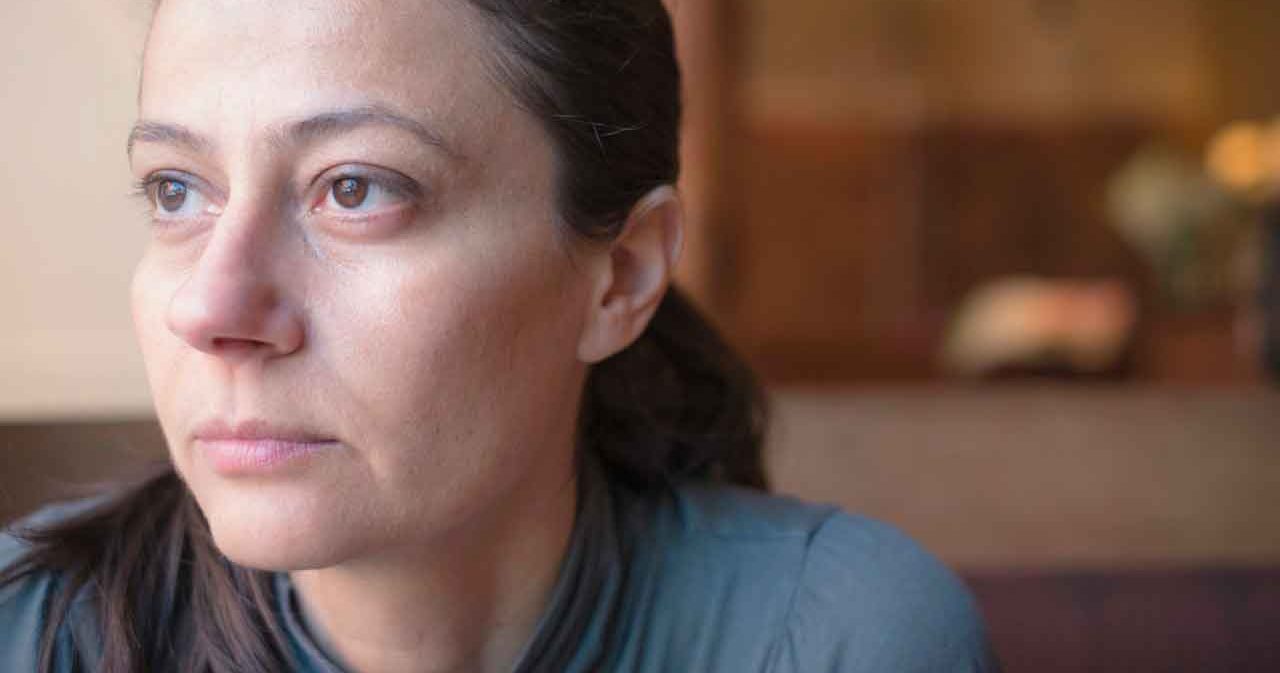The Pros and Cons of Shock Therapy for Depression

Thousands of cases have found shock therapy to be safe and effective, but with some side effects that dissipate over time. Learn about the pros and cons.
You may have a stark view of shock treatment, as indelibly depicted in “One Flew Over the Cuckoo’s Nest.” Teeth clenched and writhing in pain, Jack Nicholson’s institutionalized character creates an agonizing scene.
A 2001 survey of 24 films that included shock treatment, or electroconvulsive therapy (ECT), reported that the depictions are “usually pejorative and inaccurate.”
You Might Also Like: Depressed Americans Forgo Treatment
“In most cases [in movies], ECT is delivered without patients' consent and often as retribution for disobedience,” says a Scientific American report. “The treatment is typically applied to fully conscious and terrified patients. Following the shocks, patients generally lapse into incoherence or a zombielike state. In six films, patients become markedly worse or die.”
But the treatment for severe mental disorders has been used, researchers say, in thousands of cases over the years with positive results, albeit sometimes with temporary side effects.
Shock treatment is now made painless for you through general anesthesia and muscle relaxant drugs, and after decades of use is still the most successful treatment for severe depression.
A new form of the treatment, ultra-brief pulse stimulation (UBPS), delivers more amore focused and staccato version of the electrical flow, which essentially induces temporary seizures in the brain.
A recent review of studies on UPBS found that that traditional ECT is “slightly” more effective in treating depression and requires fewer treatments, but that UBPS was nearly as effective with fewer cognitive side effects.
ECT has been found to be effective in 50 to 60 percent of severe depression cases in which antidepressant drugs were ineffective. Such drugs have no effect on about a third of patients with severe depression.
Used for about 70 years, shock treatment has seen many significant improvements — UPBS being the latest – and has been found to be “safe and effective,” according to the National Institute of Mental Health (NIMH).
“ECT is usually considered only after a patient's illness has not improved after other treatment options, such as antidepressant medication or psychotherapy, are tried,” the NIMH says. “It is most often used to treat severe, treatment-resistant depression, but occasionally it is used to treat other mental disorders, such as bipolar disorder or schizophrenia.”
You Might Also Like: Does Therapy Work for Depression?
One study, by the Consortium for Research in ECT found an 86 percent remission rate in those with severe depression. That study also found less chance of relapse if patients underwent follow-up treatments.
The downside of shock therapy includes side effects such as headache, upset stomach, and muscle aches. Those are the most common, NIMH says.
You may have memory problems, especially memory lapses “around the time of the treatment.” You also may have trouble remembering information “learned shortly after the procedure, but this difficulty usually disappears over the days and weeks following the end of an ECT course.”
“It is possible that a person may have gaps in memory over the weeks during which he or she receives treatment,” the NIMH adds.
Research has found that memory lapses “seem” to be more common with the traditional type of ECT called bilateral ECT, which has electrodes placed on both sides of the head. Beyond 15 days, however, cognitive performance improved on most tests, particularly impaired cognition due to depression.
Unilateral ECT, which has electrodes on just one side of the head – usually the right side because that’s opposite to the brain learning and memory centers – is probably less likely to cause memory problems.
How and why ECT works is much more mysterious than the treatment itself. “The case for the intervention would be even stronger if researchers could determine why it works,” says the Scientific American report.
One review noted that ECT increases the level of hormones that are “disturbed” in depression.
“Others have suggested that the electricity stimulates neural growth and helps to rebuild brain areas that are protective against depression,” according to Scientific American. A third idea is that the seizures themselves fundamentally reset brain activity in ways that often bring relief.
Another theory is that ECT works by changing brain receptors for neurotransmitters, such as serotonin. Each of the theories, however, falls under the evergreen “requires more research.”
Still, ECT has come a long way since the man who discovered it noticed that cows became sedated after shock treatment before they were slaughtered. Today, it is considered safer than ever, and a viable alternative when severe depression will not give up its strong hold on your life.
You Might Also Like: Why Psychiatry Is Behind Other Kinds of Medicine
Updated:
April 03, 2020
Reviewed By:
Christopher Nystuen, MD, MBA